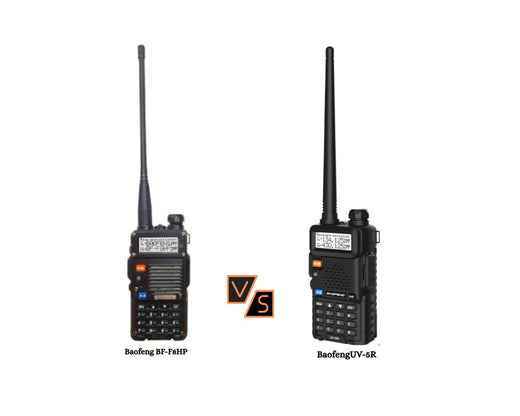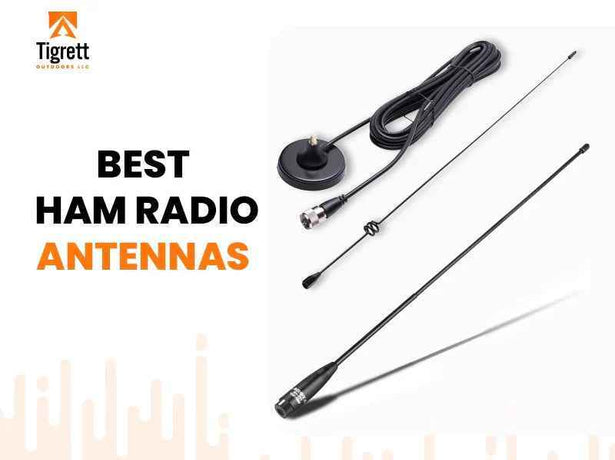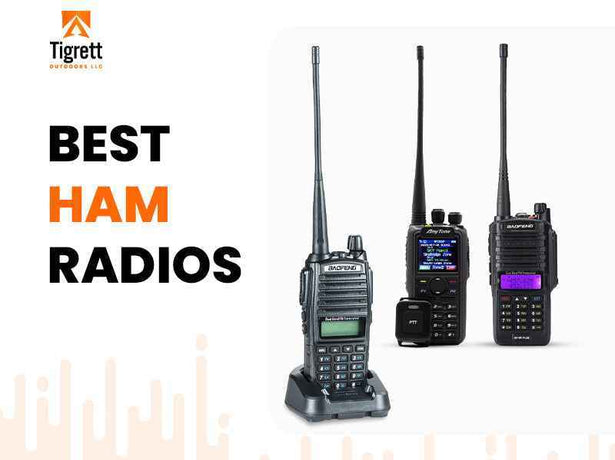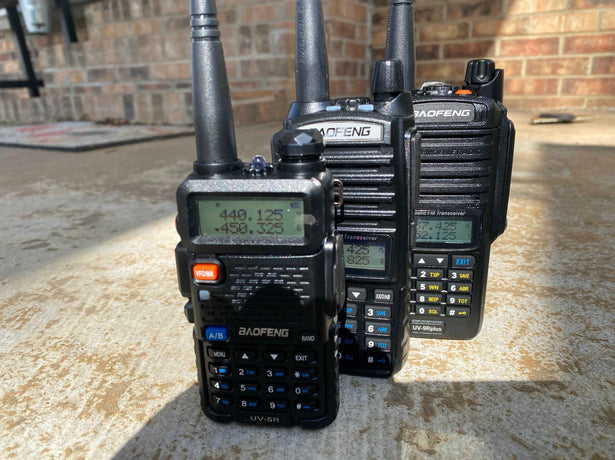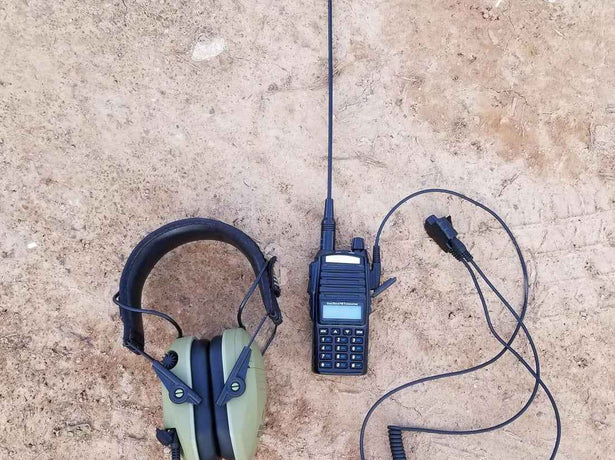.-- .... .- - / .. ... / - .... . / -- --- .-. ... . / -.-. --- -.. . / ..--..
Do you understand the messengers above?
The dots and dashes represent Ham radio Morse code. It may look like a secret language, but only less than 1% of the population can decode it. Yet, it’s a simple communication tool for radio operators that has been used for over a century.
In the early 1800s, Samuel Morse invented a language of dots and dashes. It became a popular method of communication. It was especially useful for long-distance communication when voice communication was not possible.
Although it’s not used today, Morse code still holds an important place in the hearts of ham radio operators.
“Morse code is a timeless tool that ensures transparent, concise communication, especially when needed.” -Ham Radio Operator.
What is Ham Radio Morse Code?
A ham radio morse code is the system of sending messages using short signals called dots and longer signals called dashes. These signals represent a particular letter, number, or punctuation mark. Each of these letters or numbers is made up of a unique pattern of dots and dashes that represent it. Here is an example of Morse Code:
- A is represented by ".-"
- B is represented by "-..."
- C is represented by "-.-."
When you are facing terrible weather, or your signals are weak, this makes it hard to communicate with others. With ham radio Morse codes, you can communicate with someone from a distant mountain. You can send a message like:
"CQ CQ DE K2ABC"
This means "calling all stations, and this is K2ABC." Morse code helps get your message across, even with minimal power or poor conditions.
Ham Radio's Adoption of Morse Code
Morse code is a trusted tool for ham road operators. It is especially useful when signals are weak or the weather is unfavorable. It helps them to communicate over long distances with low power (typically only 100–150 Hz wide). It's helpful in places where networks might not work or in emergencies.
Morse code ham radio can be used to communicate in noisy environments. Where voice signals can't be heard due to static or interference. Morse codes and simple dots that can be understood. That's why it remains a popular choice among ham radio operators.
Using Morse code does not require any complex or expensive equipment. You can operate by using a key to send the message. This makes it easy to get started with ham radio, even for beginners.
Use in Emergency Situations
Morse code is a useful communication tool. It is especially valuable in emergencies like natural disasters or power outages.. Whether it’s a hurricane, earthquake or severe storm. Morse code can still get through when other signals are too weak or disrupted.
Here is the Morse code chart, displaying the dots (.) and dashes (-) used to represent letters, numbers, and symbols for communication:
Example of Morse Code (Letters A-Z):
A: .-
B: -...
C: -.-.
D: -..
E: .
F: ..-.
G: --.
H: ....
I: ..
J: .---
K: -.-
L: .-..
M: --
N: -.
O: ---
P: .--.
Q: --.-
R: .-.
S: ...
T: -
U: ..-
V: ...-
W: .--
X: -..-
Y: -.--
Z: --..
Morse Code Translator
You can translate regular text into Morse code using different tools available online. Here are some options:
Morse code translator: This tool will help you convert text into morse code. It's easy to use and offers both texts to Morse code and Morse code to text options. You can also listen to the Morse code being played.
Ham Morse Code Trainer: This app is available for iOS devices. It helps users by translating text and giving interactive quizzes. It's a fun way to test and improve your Morse code skills over time.
Learn Morse Code: This tool helps beginners learn Morse code by providing helpful lessons and exercises. It can be great if you like to learn and practice regularly.
You can use these tools to learn and practice getting comfortable with Morse code.
History and Evolution of Morse Code in Ham Radio
Samuel Morse and Alfred Vail developed a system for sending messages using dots and dashes. This system, called Morse code, was used in the NUM0s. Morse code was created for the telegraph. It was then adopted for transmitting radio signals. It was a great benefit to amateur (ham) radio operators.
Communication through Morse code is simple, with just two symbols, dots, and dashes. It was ideal for use in challenging situations like poor signal and noisy environments.
Morse code became a primary way of communication through radio in the early 20th century. Ham radio operators adopted this method for communicating over long distances using essential equipment. The signals could be sent through weak conditions, such as noise or interference.
In 1927, the International Telecommunications Union (ITU) included Morse code in international communications. This made it essential to learn using morse code for amateur and professional Ham radio operators worldwide. Morse code had a great impact on military communications during World War II. Soldiers and operators used Morse code to send encrypted messages in wartime operations. It was a secured and reliable way of communication through radio channels.
How to Use Morse Code in Ham Radio
Morse code is still a fundamental tool for communication that ham radio operators use. Here are some of the steps can follow to learn to send and receive Morse code in ham radio messages:
Basic Sending Techniques
Morse code can be sent using different techniques. Some of the most popular techniques are:
Straight keys: a traditional method of sending Morse code. This gives you a handful of experience in operating Morse code manually. The operator uses manual keys to tap dots and dashes. This gives a practical understanding of how the Morse code works manually. If you want to learn the fundamentals of Morse code, this method might be perfect for you.
Paddle keys: Paddle keys help you send the morse code faster. In this method, the operator uses two paddles, one for dots and another for dases. The system automatically sends the codes to the receiver when the operator uses two paddles. You can send morse code faster with less effort using this method.
Electronic keys: Electronic keys use circuits to automatically create dots and dashes. It reduces the physical effort needed by the operator. The keys are automatic devices that speed up the process and can code faster at a more consistent speed. This method is ideal for long-duration transmissions.
Receiving Morse Code
There are multiple methods for receiving Morse code and decoding it:
Manual decoding: in this technique, you must listen to the Morse code and decode the message mentally. It can be a really useful skill if you can learn it. But it requires proper concern and practice to get used to it.
CW Skimmer: This software automatically decodes Morse code using its built-in decoder. It's easier to use and can catch more signals in busy radio bands or poor signal conditions.
Common Morse Code Words in Ham Radio
Morse code has some common phrases and callsigns that you can use. This callsign helps you to communicate more effectively. Here are some of the most popular Morse codes:
CQ – "Calling all stations"
This code is used to start a conversation with anyone available. It’s a way of saying, “I'm calling for anyone who can hear me.”
Morse Code: -.-. --.-
QRZ – "Who is calling me?"
If you hear the call but are unsure who it is, you can use QRZ to ask who is trying to make a contract with you.
Morse Code: --.- .-. --..
73 – "Best regards"
This Morse code is the most widely used sign-off in ham radio. It’s a way of saying “goodbye” or sending well wishes at the end of a conversation.
Morse Code: --••••–
QSL – "I acknowledge receipt of your message."
When an operator wants to confirm that they received the message, they use the code QSL. It's similar to saying “roger” or “received”.
Morse Code: --.- ... .-..
These Morse codes can help you learn faster. They can also improve your ability to connect with others.
Tools for Learning and Practicing Ham Radio Morse Code
So, are you interested in learning about Morse code? It requires some dedication to learn Morse code. Here are some popular tools and resources that can help you learn and practice Morse code efficiently:
Keyers and CW Transceivers
These devices come with built-in Morse code decoders and encoders. It's easy to send and receive Morse code signals using this equipment. Keyers send and receive codes with speed and precision.
Morse Code Apps
There are popular Morse code training apps. These apps help users learn Morse code, from beginner to advanced levels. With the help of these apps, you can quickly learn how to use Morse code at your own pace. They have interactive exercises that can help you improve both speed and accuracy.
Softwares
Popular software like Fldigi and CW Skimmer can help you tune into live Morse code transmissions. They can also automatically decode signals. This software can help you improve your practicing and listening skills. It can also help you better understand real-world transmissions.
Common Mistakes in Using Ham Radio Morse Code and How to Avoid Them
You can communicate in emergency situations via ham radio using the Morse code. But there are some common mistakes that you should avoid when communicating through the ham radio using Morse code:
Incorrect Timing
The right timing is important when communicating in Morse code. The code is run by two elements: dots and dashes. You must have a proper space between dots and dashes to use the code accurately. For example, without the appropriate spacing, "C" (-.-.) could be mistaken for "K" (-.-). Make sure that your timing is correct for a clear message.
Inaccurate Frequency Settings
Using the wrong frequency can overlap or distort your signals with other signals. Check the frequency setting to make sure it’s accurate when communicating with the right Morse code band. The wrong frequency can cause inter or radio disturbance in your communication.
Using Non-standard Forms
Every Morse code has its standardized forms. It's suggested not to use non-standard or homemade codes that can create confusion. To avoid misunderstanding, it's important to use the internationally recognized Morse codes.
Benefits of Learning and Using Morse Code in Ham Radio
Morse code is a communication method that is effective in critical situations. It is also useful when voice transmissions are not possible. Here are other benefits of learning how to use Morse code in ham radio:
Effective communication
Poor signal quality or background noise can interrupt a voice communication system. Morse code allows communication with other operators by using simple on-off signals. It can also send signals far from home, even in areas with weak radio signals. Morse code is still an effective communication method in emergencies and critical situations.
Imagine your voice communication is unreadable, and you must send an important message. What would you do? You can send the message using Morse code in a short and accurate way within seconds.
Global Recognition
Morse code is popular worldwide. It can be used to communicate in different languages. Its international usability is the reason ham radio operators, the military, and aviation use it.
Today, the International Telecommunication Union (ITU) officially recognizes Morse code as a global standard. It helps radio operators communicate with other operators worldwide despite language barriers.
Simple and Accessible
You don't need any expensive equipment to start learning Morse code. All you need is a basic keyer or even a hand-set Morse code. You can also use the endless resources online to learn and practice Morse code. It has been a part of ham radio for over a century.
Final Words
Ham radio morse code is a good method of communication. It is especially useful when voice communication is not possible. Morse code allows communication even in bad weather or long distances. It can be used when other forms of communication fail.
Start practicing Morse code today. This will improve your ability to connect with others in various situations. Whether you're a beginner or experienced, Morse code is a valuable skill for any ham radio operator. As an anonymous radio operator once said:
"Morse code is not just a language to communicate; it is the foundation of reliable communication in the world of radio."

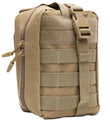
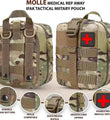
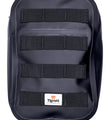
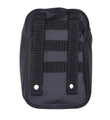
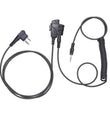
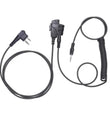
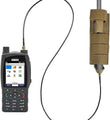
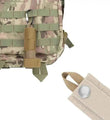
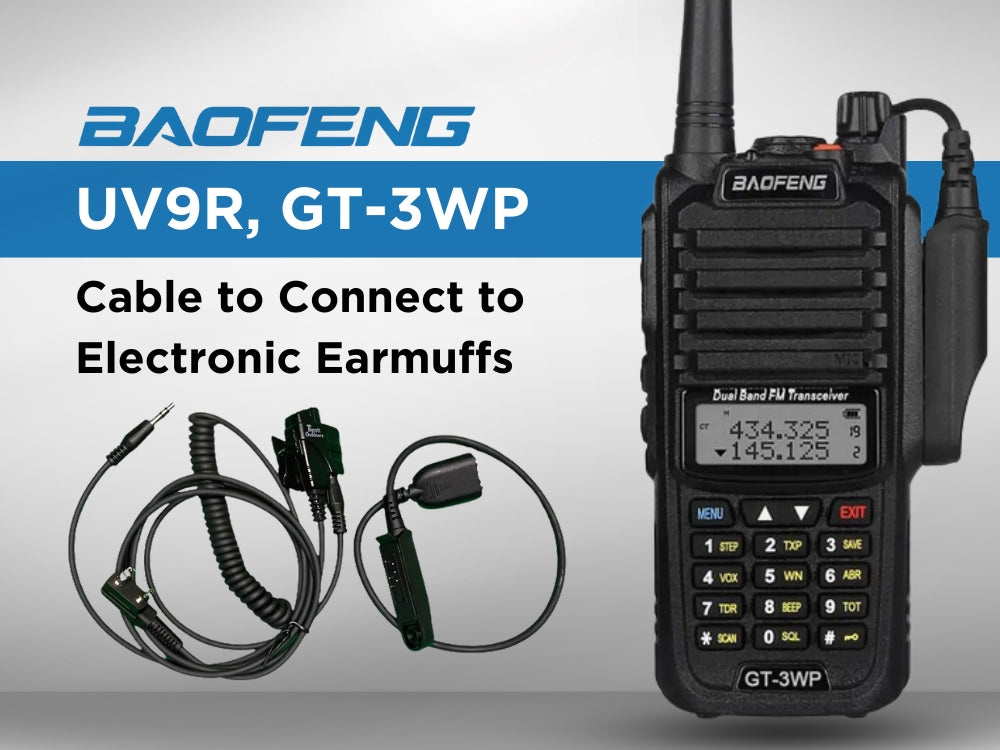
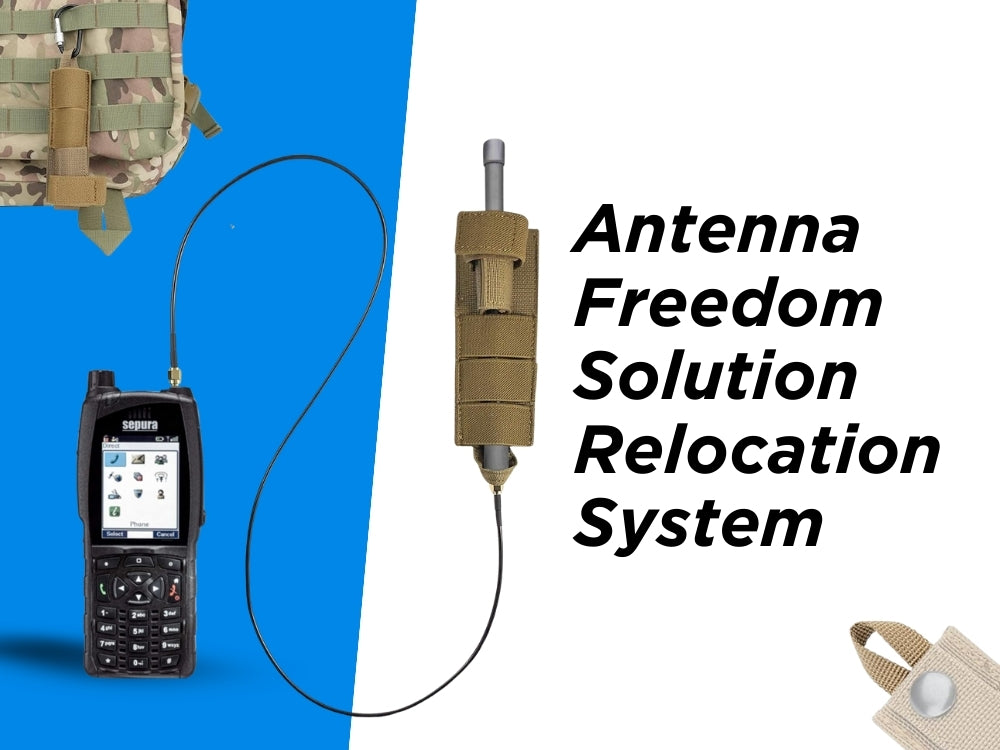
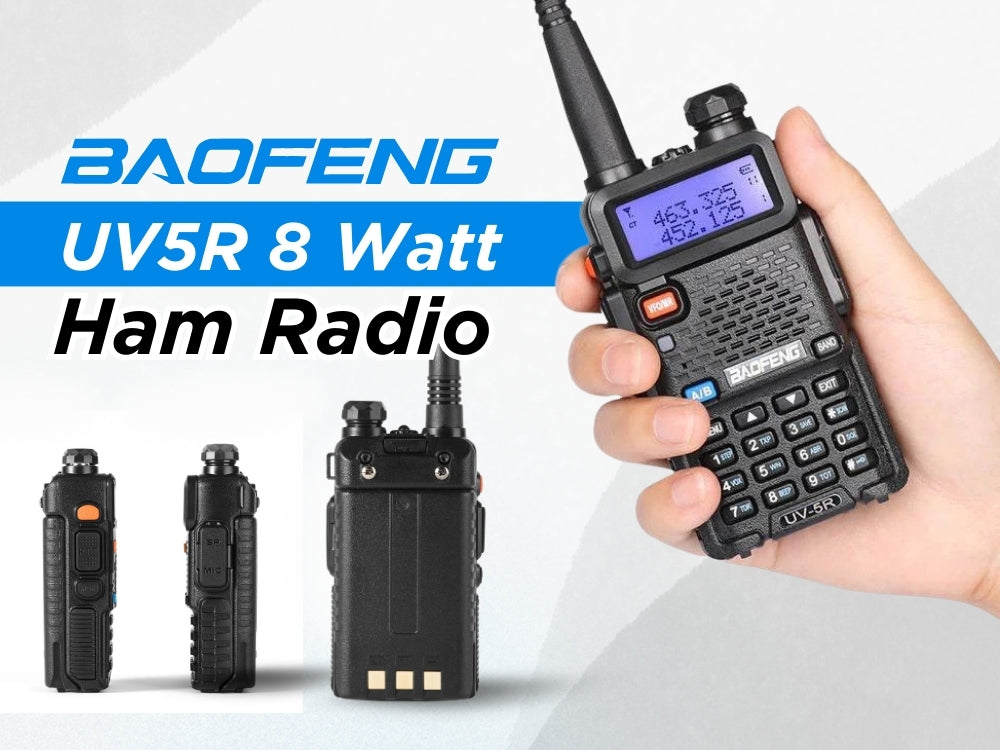
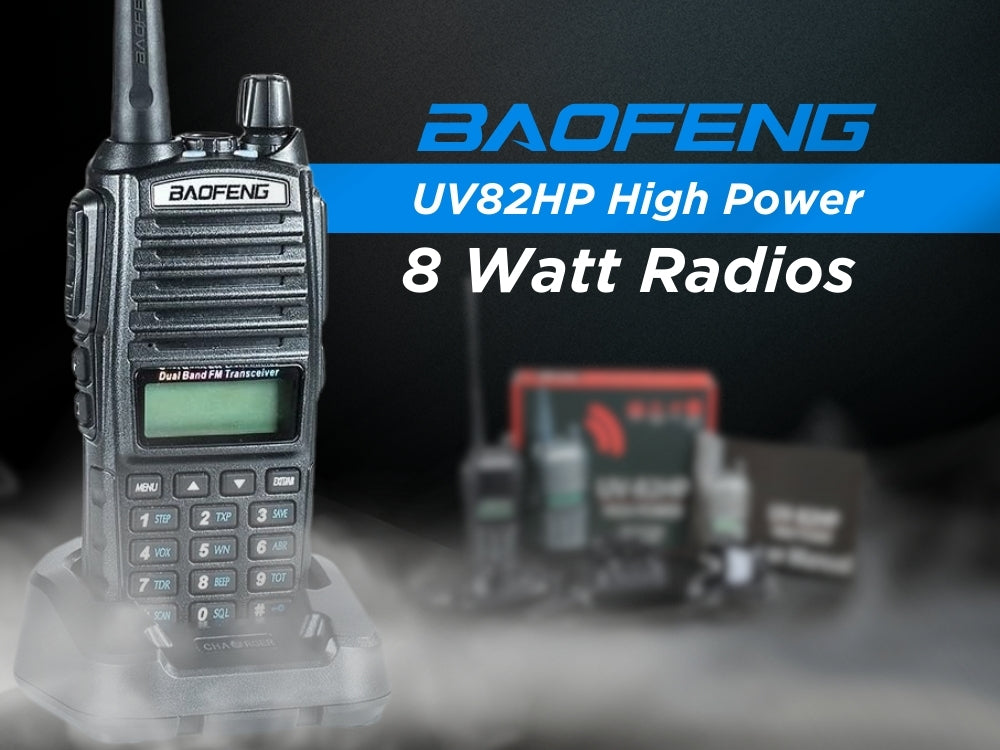
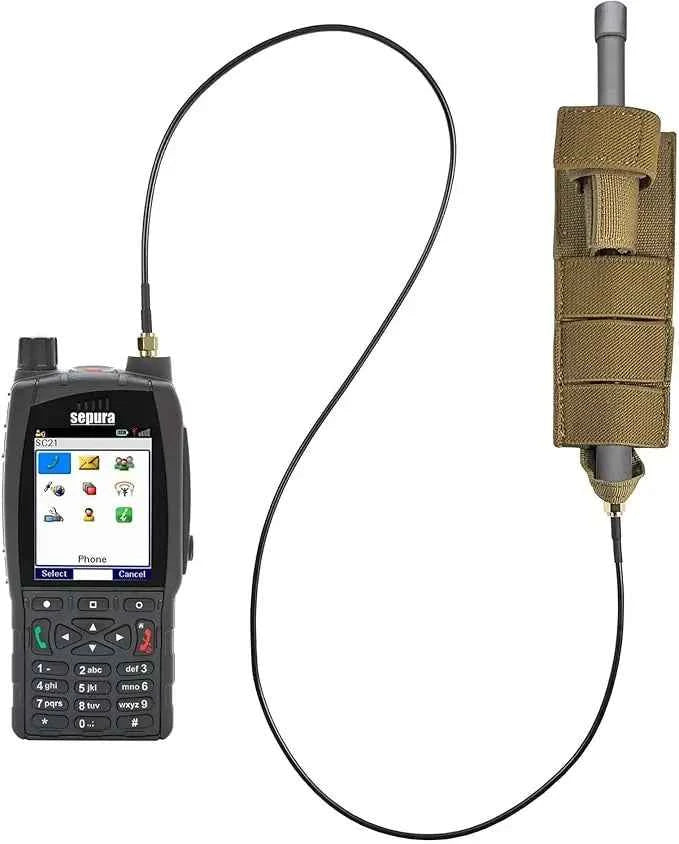






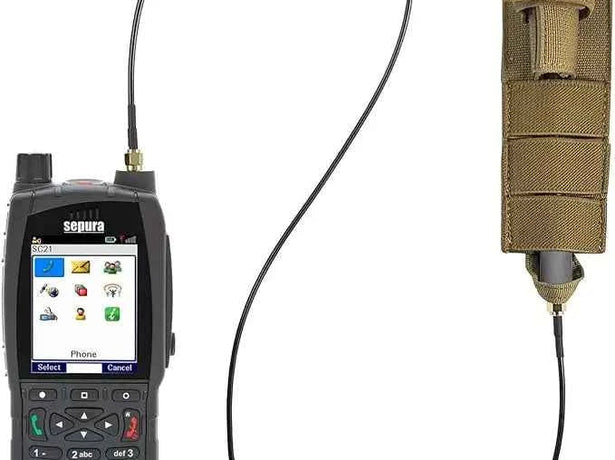
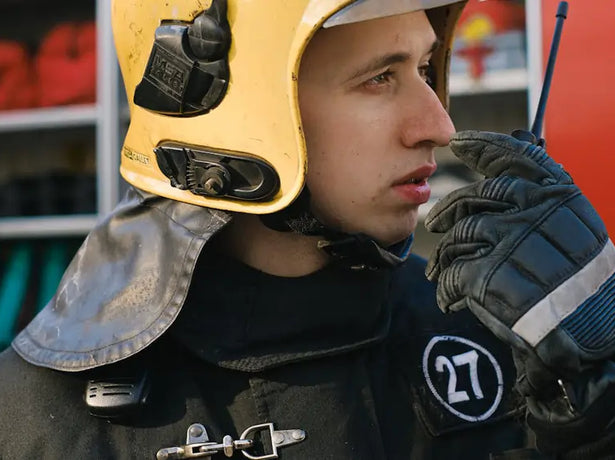
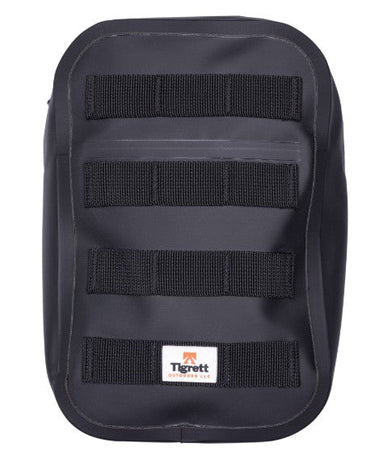
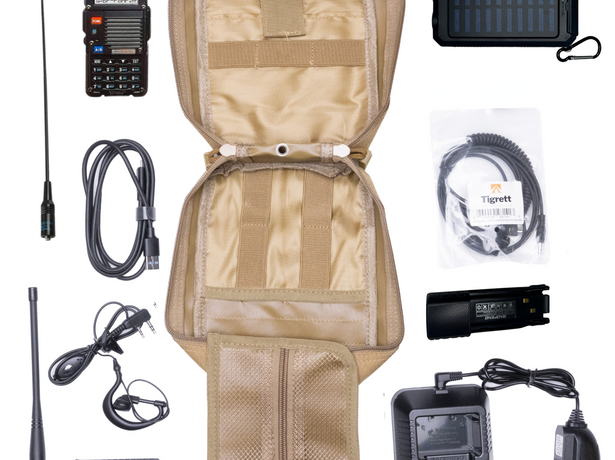
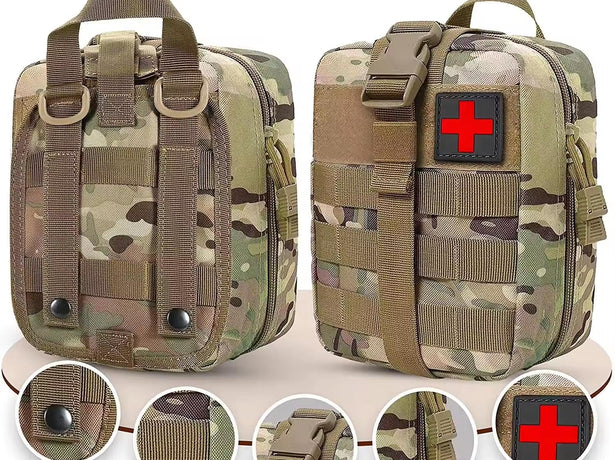
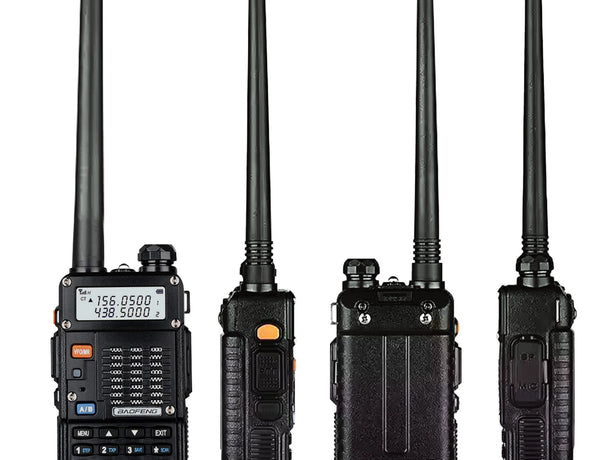
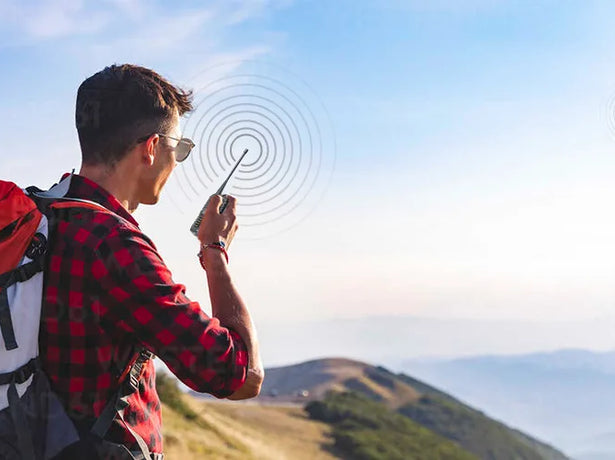

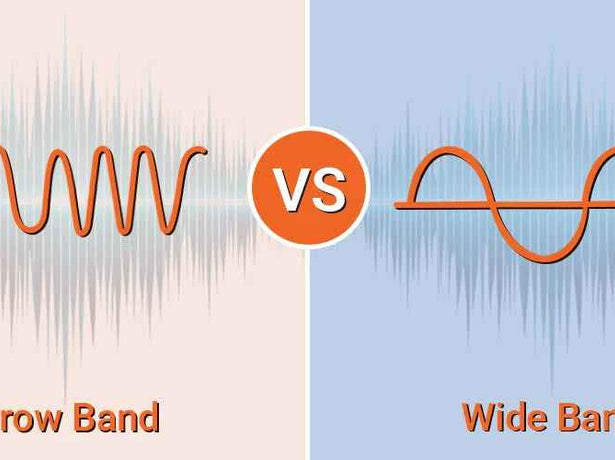
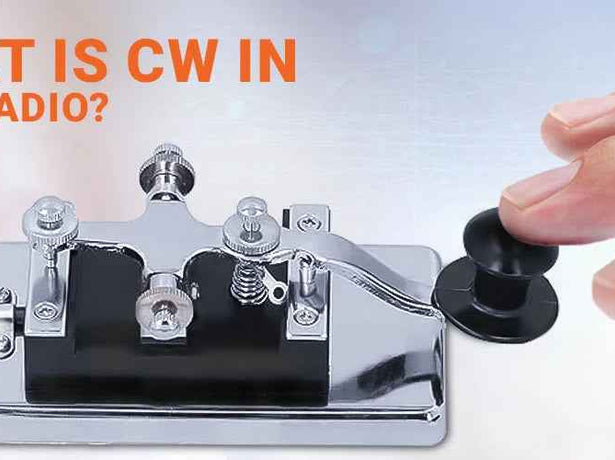
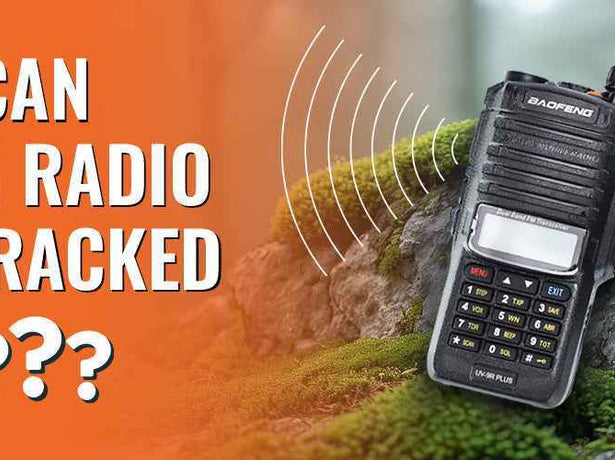
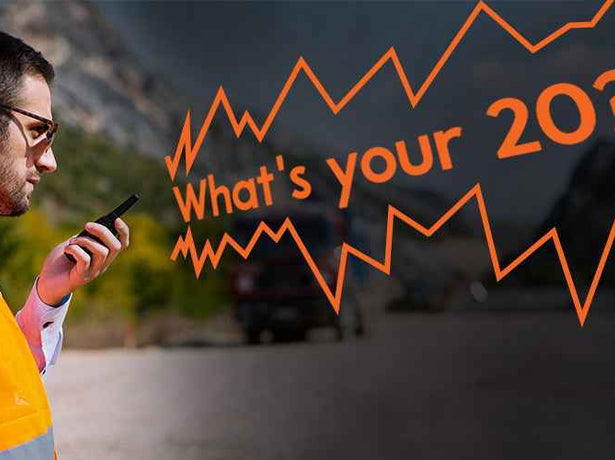
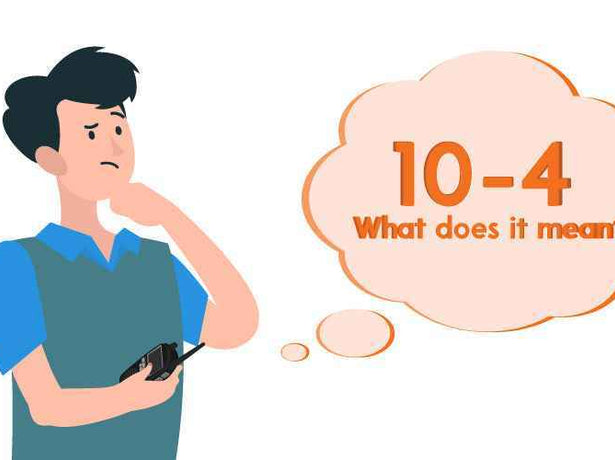
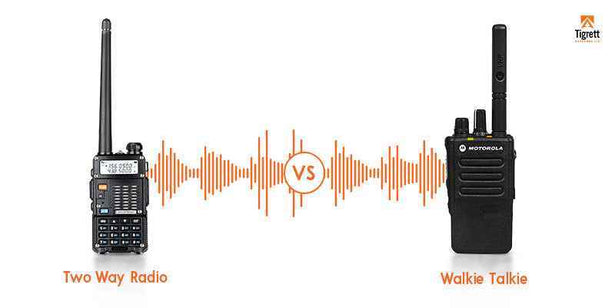
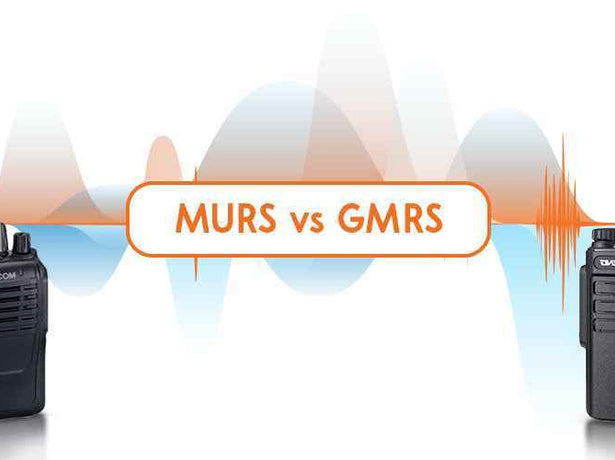
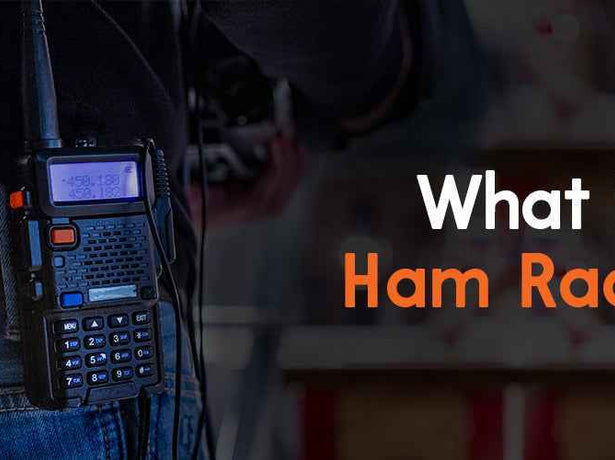
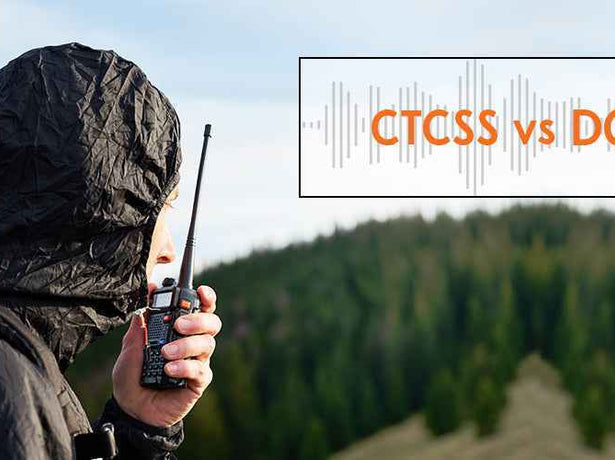
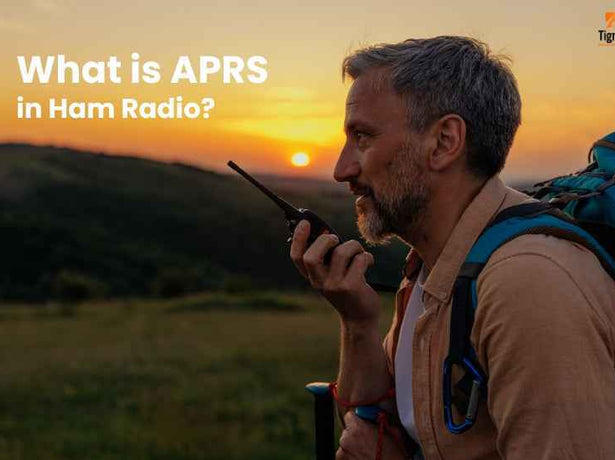
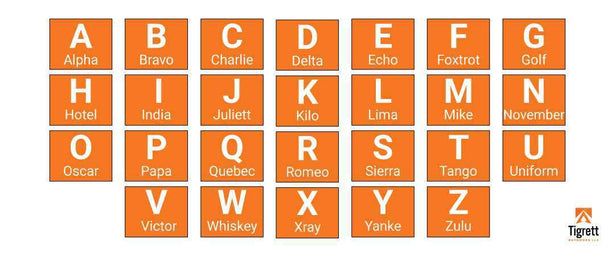
![What Does 73 Mean in Ham Radio? [Explained]](http://tigrettod.com/cdn/shop/articles/1741427464_615x460_crop_center.jpg?v=1741427465)
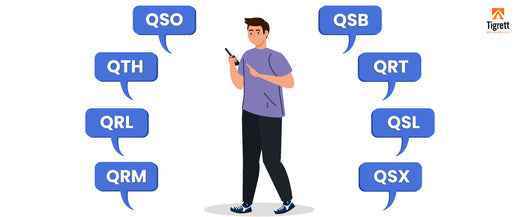
![How Much Does a Ham Radio Cost? [Everything Explained]](http://tigrettod.com/cdn/shop/articles/1741427457_615x460_crop_center.jpg?v=1741427458)
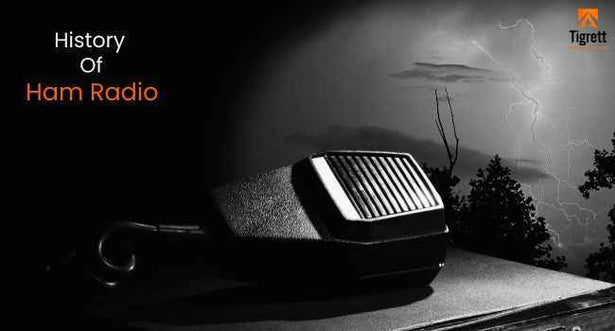
![How To Renew Ham Radio License? [Before the FCC Thinks You Vanished]](http://tigrettod.com/cdn/shop/articles/1741427449_615x460_crop_center.jpg?v=1741427450)
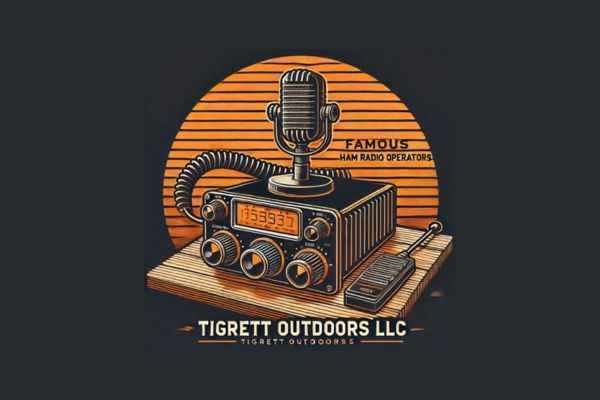
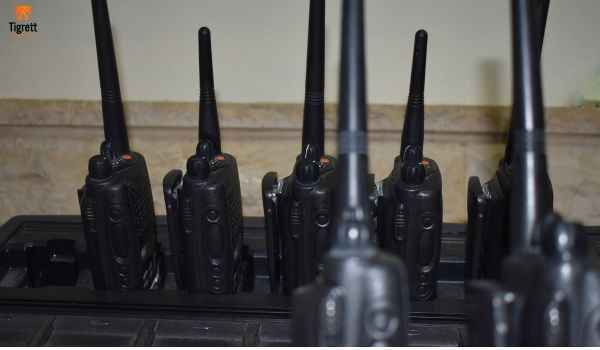
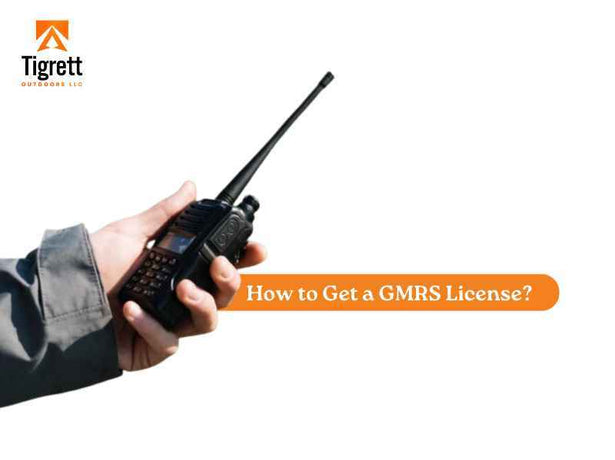
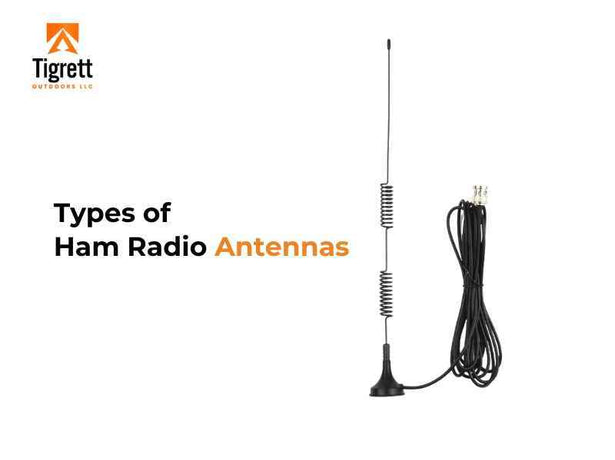
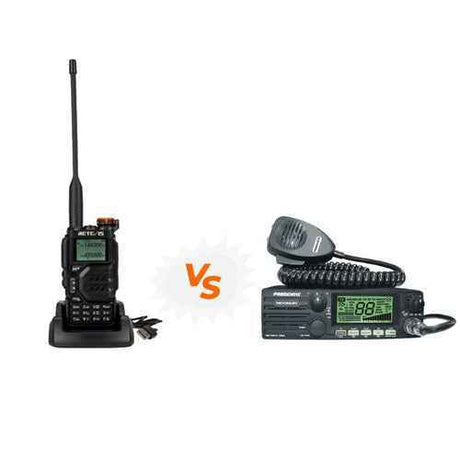
![Why the Height of a VHF Radio Antenna Is important? [Explained]](http://tigrettod.com/cdn/shop/articles/1741427428_615x460_crop_center.jpg?v=1741427429)
![How to Use Baofeng UV-5R as a Walkie Talkie? [Explained]](http://tigrettod.com/cdn/shop/articles/1741425757_615x460_crop_center.jpg?v=1741425758)
